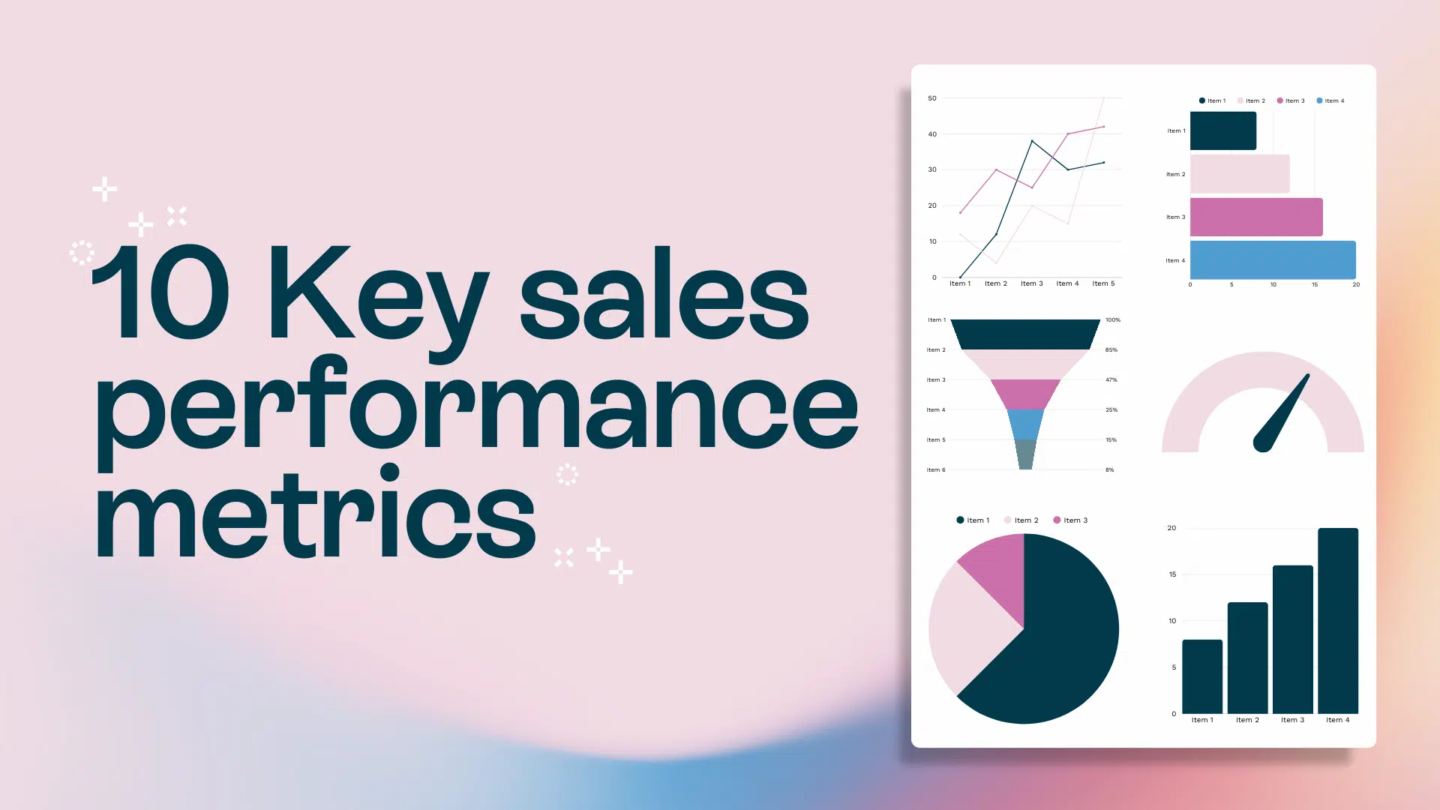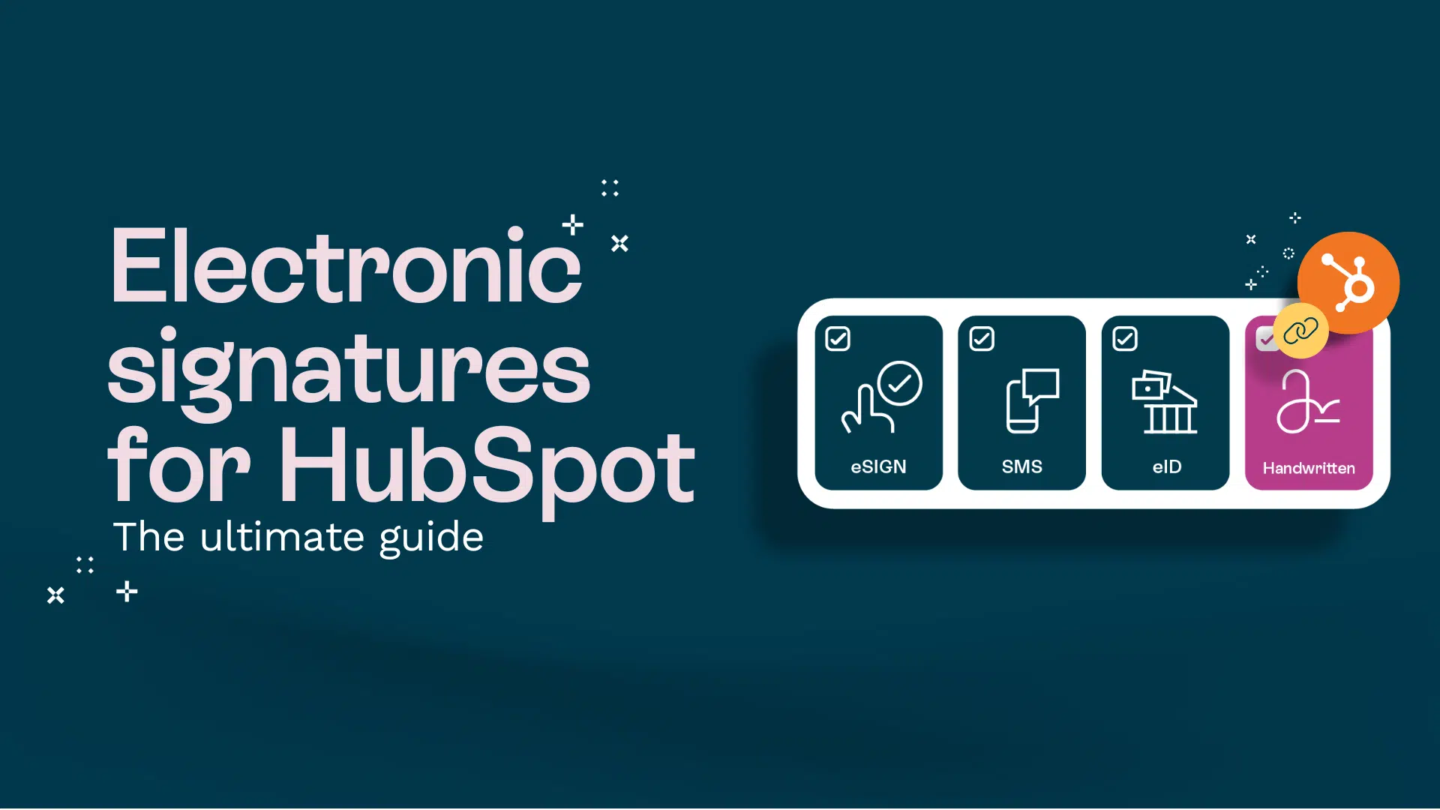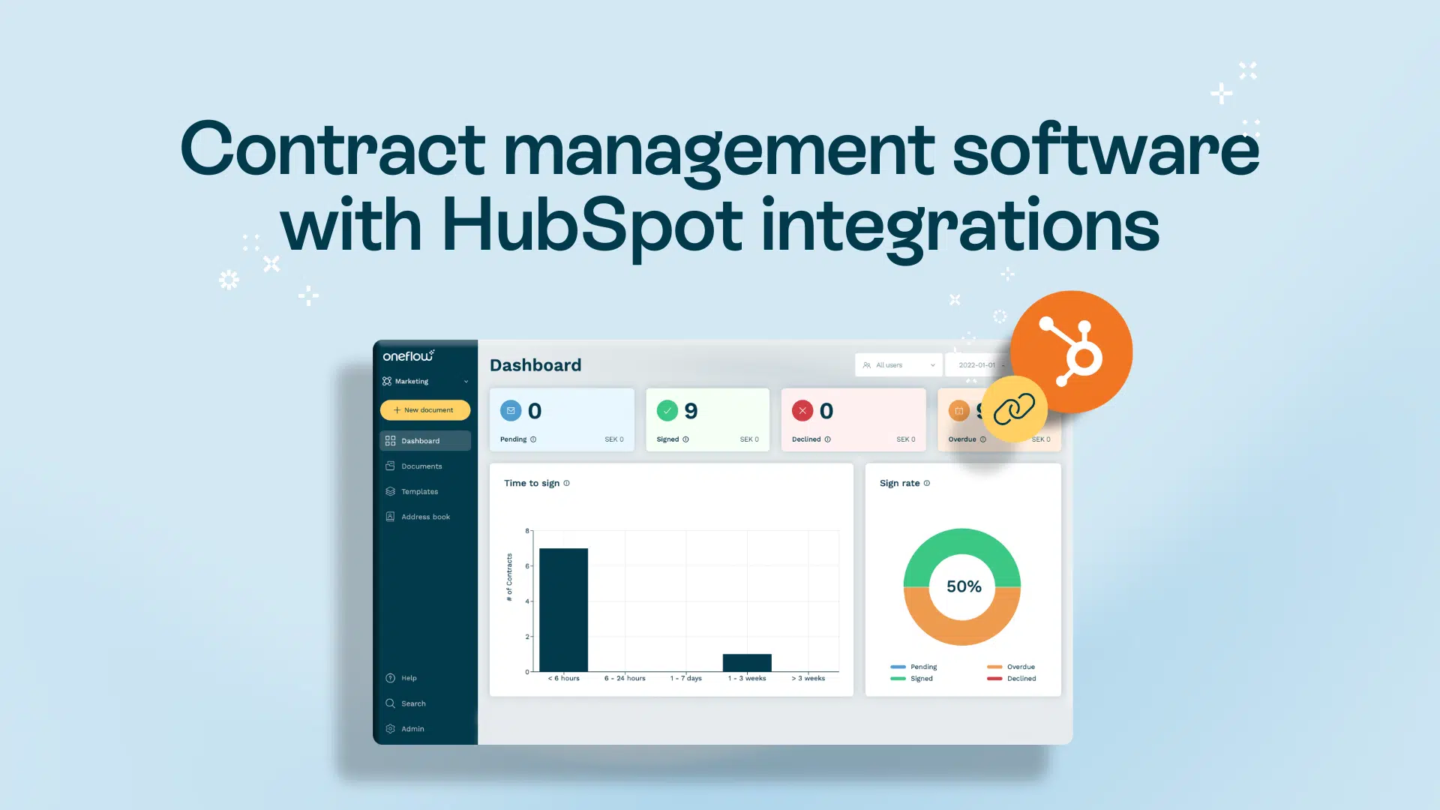In the world of contracts, two terms are often used interchangeably: contract management and contract administration. But here’s the thing—they’re not the same.
If you’re regularly dealing with contracts—whether closing sales, onboarding new hires, managing vendors, or navigating legal frameworks—knowing the difference can save you time, reduce risk, and keep everything running smoothly.
So, let’s clear things up.
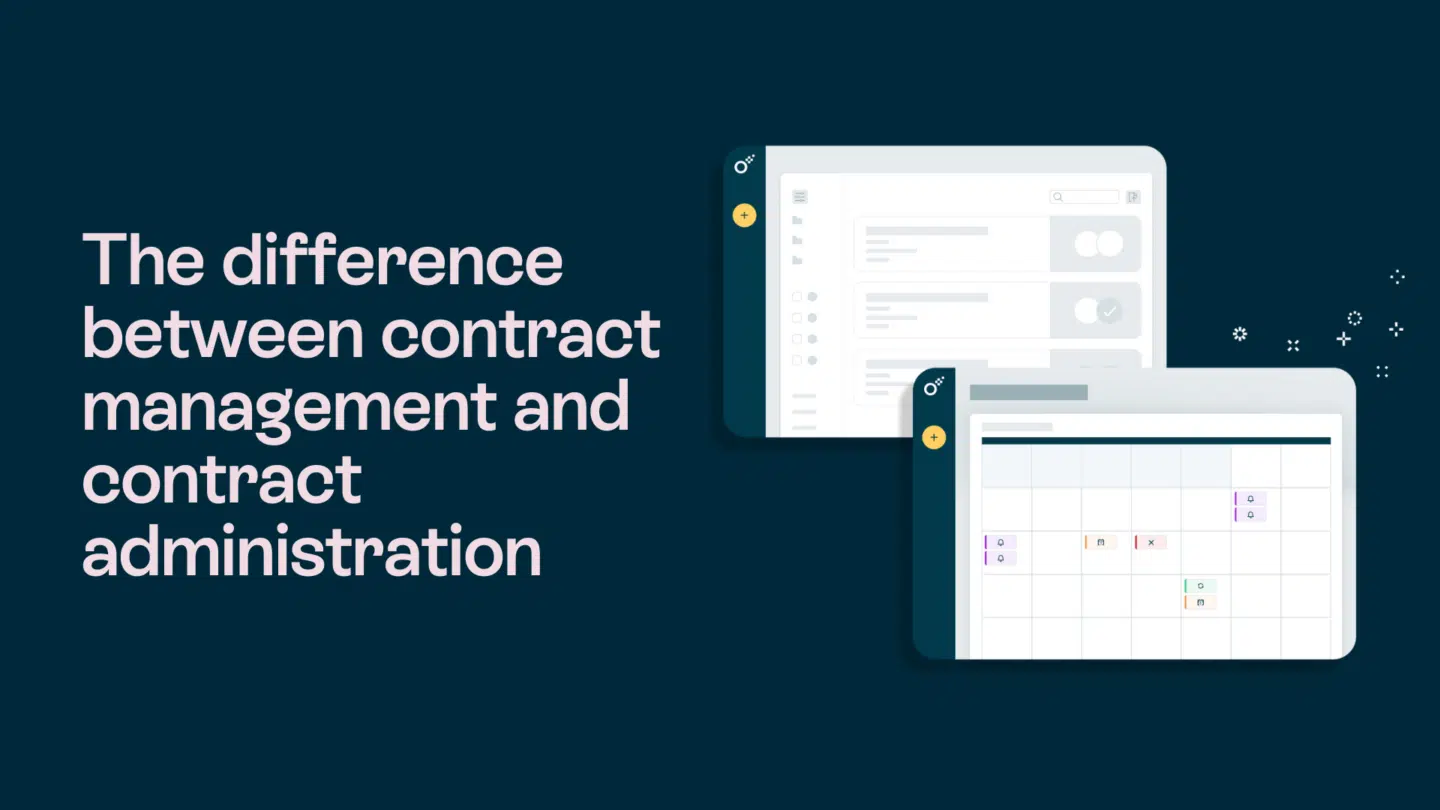
Are contracts boring you? Not when they go wrong
Before diving into the distinctions, it’s worth asking: why does this even matter?
Because when something goes wrong with a contract—missed deadlines, forgotten clauses, scope creep, compliance failures—it’s rarely the document’s fault. It usually comes down to what happens after signing, or what never happens at all.
As highlighted in Harvard Business Review, poor contracting processes cost organisations millions and create friction that better lifecycle visibility could easily resolve.
That’s where contract administration and contract management come in—just at different stages and for different purposes.
Contract Administration: Your Pre-Sign Powerhouse
Contract administration is the pre-signing phase. It covers everything from the moment a contract is created to the moment it’s signed. Think of it as the backstage crew preparing for the main act.
It’s all about coordination, accuracy, and execution. Administrators ensure the right people review the document, that terms make sense, and that nothing is lost in translation. They’re the unsung heroes making sure everything is ready before the curtain rises.
Key contract administration tasks:
- Drafting and negotiating terms
- Gathering approvals and sign-offs
- Coordinating with internal and external stakeholders
- Tracking changes and versions
- Ensuring alignment with internal policies
- Managing the signing process
If your contracts involve heavy back-and-forth, multiple contributors, or compliance requirements (looking at you, Legal and HR), good contract administration can make or break the deal.
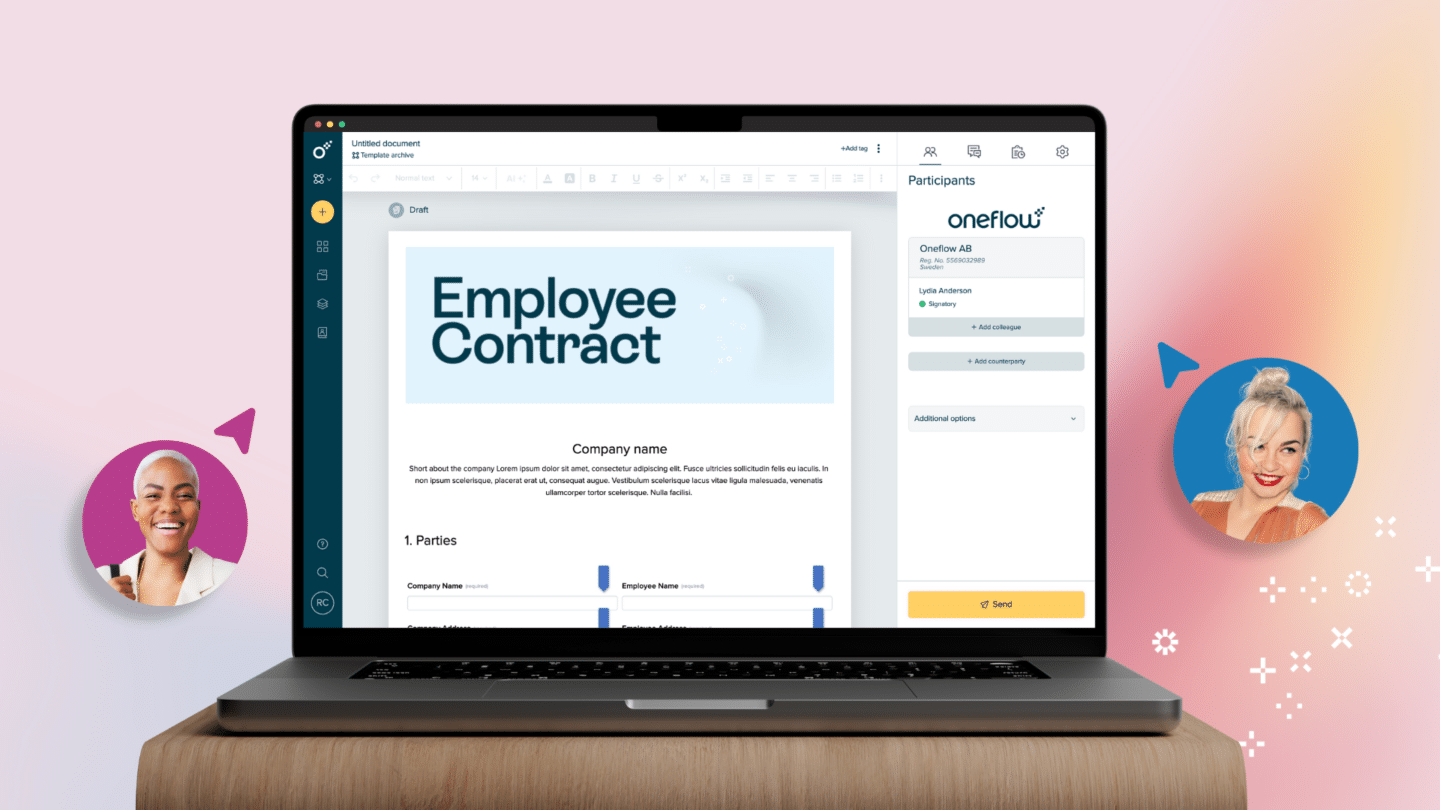
Contract management: The long game
Once the contract is signed, the work doesn’t stop there. Contract management takes over for the post-signing phase.
This is where teams ensure that what’s agreed in the contract actually happens—that timelines are met, obligations are fulfilled, and key dates (like renewals) aren’t missed halfway through Q4.
Contract management covers:
- Storing and organising signed contracts
- Monitoring deadlines and performance
- Managing renewals and renegotiations
- Minimising risk and ensuring compliance
- Auditing and reporting on contract outcomes
In short, contract management is about accountability—holding both sides to their obligations. Done right, it brings clarity and control. Done wrong, it results in missed deliverables, overlooked renewals, and confused stakeholders.

Who owns what?
This is where things get fuzzy.
In smaller businesses, one person or team might do both. In larger organisations, these are usually distinct roles.
Contract managers are more strategic. Often based in Legal, Sales Ops, RevOps, or Vendor Management, they oversee long-term compliance and contract performance.
Contract administrators tend to sit closer to Legal, HR, Operations or Procurement. Their focus is on getting contracts created, reviewed, and signed accurately and quickly.
Why knowing the difference matters
When responsibilities aren’t clear, things get missed. A contract is signed, but no one tracks the SLA. A renewal date slips by without renegotiation. A compliance clause is overlooked because it wasn’t flagged during review.
Understanding the difference between administration and management isn’t just splitting hairs. It’s fundamental to a robust contract lifecycle.
Getting it right means:
- Less friction: Everyone knows what they’re responsible for
- Faster turnaround: Admins streamline pre-signing workflows
- Reduced risk: Managers keep an eye on obligations and deadlines
- Greater visibility: You always know what’s signed, by whom, and what comes next
Blurred lines in the digital age
Today’s digital tools blur the boundaries between administration and management. A modern contract platform lets you draft, collaborate, sign, and monitor in one place—bringing the two functions together.
That’s a good thing. Fewer handovers, fewer mistakes, and better continuity.
But it also means roles need to be clearly defined. Technology supports your workflow—it doesn’t replace it.
So, which one should you focus on?
Both.
You can’t manage what wasn’t properly administered. And you can’t get value from a contract that no one’s managing.
If your contracts get stuck in endless revision loops, or it takes weeks to sign anything—start with administration. If you’re missing renewal deadlines or facing compliance risks—turn your attention to management.
The real answer? Cover the entire contract lifecycle.

Tools that bridge the gap
Thankfully, you don’t need two separate systems to handle both ends of the spectrum.Thankfully, you don’t need separate systems to do it all.
Modern contract platforms like Oneflow cover everything—from creation and negotiation, to signing and ongoing performance management. And the benefits are real. According to Gartner, organisations using contract lifecycle management (CLM) platforms see better compliance, faster turnaround, and improved contract performance tracking.
What that looks like:
- Templates for consistent, quick drafting
- Real-time redlining and collaboration
- Secure e-signatures and automated approvals
- Smart renewal alerts and deadline reminders
- Central storage with search and filters
This reduces handovers between admin and management. Everyone works from the same source of truth.
Final word: Contracts aren’t static documents
They’re living agreements. They evolve. They expire. They renew. Treating them like static PDFs in a forgotten folder is a recipe for problems.
Treat them as dynamic, valuable assets—and you unlock serious operational and commercial value.
Get your administration tight. Get your management strategic. And if possible, use a platform that helps you do both.
The smarter way to do contracts
At Oneflow, we help teams handle the full contract lifecycle—from first draft to renewal. Whether you’re closing deals, onboarding staff, or ensuring compliance, our platform keeps everyone aligned. In real time. In one flow (pun intended).
Ready to see how it works? Book a demo today.



